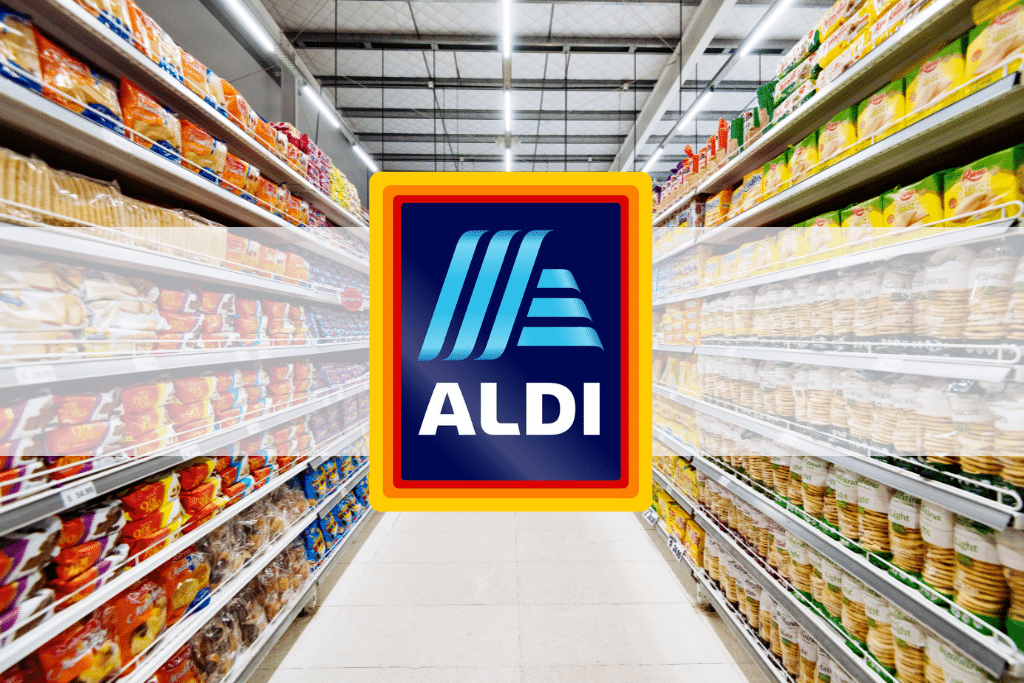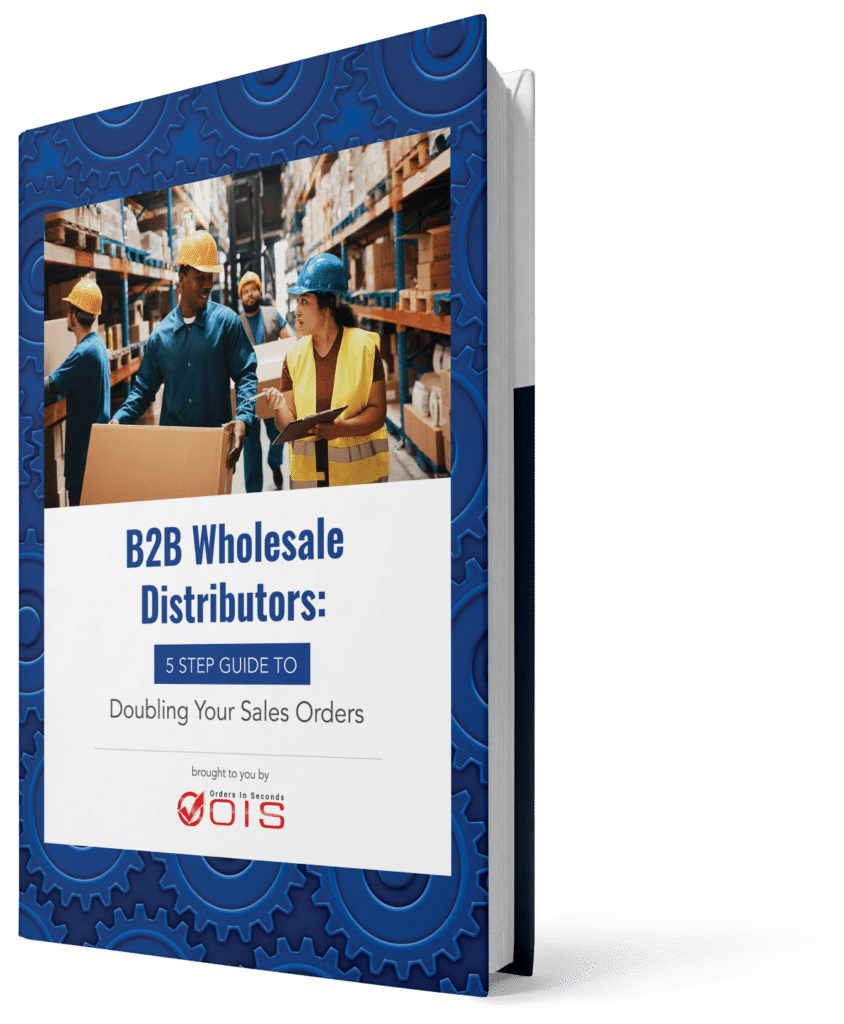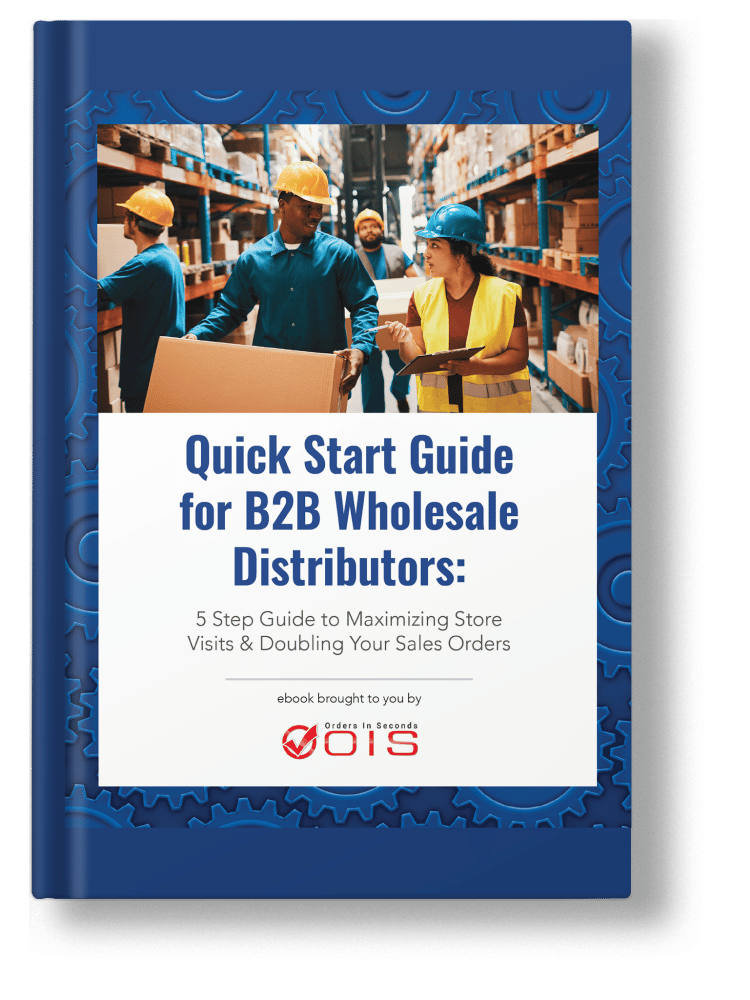As a business owner, learning how to sell your product into big retail stores like Aldi can be a challenging task. However, having a solid strategy in place is key to success. This means doing your research on the process of getting your products into stores and understanding consumer behavior to determine your target audience and where to focus your efforts.
With inflation and economic pressures affecting the market for over a year that has led to shifts in customer behavior, it’s important to stay ahead of the game. Today, Aldi is one of the top options for selling your products, making it imperative to understand why this is happening and how you to sell your product in their stores to boost your business.
Aldi’s Success in the Face of Inflation and Changing Consumer Behaviors
As of February 2023, the monthly inflation rate for goods and services in the United States has increased by 6% compared to the same period in 2022, according to Statista. This significant inflation has caused a shift in consumer behavior, with many shoppers opting for store brands and discount retailers while reducing their shopping frequency.
Aldi, the discount grocery chain boasting over 2,200 stores in the US, has emerged as a victor in the current economic climate. Despite lacking flashy displays or a wide selection like their competitors, Aldi offers something more important – incredibly low prices. It’s no surprise that shoppers are opting for this grocery store. In fact, Aldi had attracted over one million new households in the year up to September 2022, contributing to the retailer’s double-digit sales growth. This is a big reason why learning how to sell your product to Aldi can be a game changer.

How to Sell Your Product to Aldi?
What to Do Before Pitching Your Product
Before you try to get your product in stores, and learn how to sell your product to Aldi, it’s crucial to prepare thoroughly. Conducting market research and testing your product can help you identify any potential issues and ensure that there is a demand for your product. This will also help you determine if your product aligns with the needs and preferences of the target market.
In addition, before speaking to decision-makers, it’s essential to have a solid understanding of your numbers, your retailer, target customer, and your logistics. This includes having a clear understanding of your profit margins, pricing strategies, and production costs.
Finally, understanding logistics such as shipping, warehouse processes like picking and packaging is essential to ensure that you can deliver your product efficiently and cost-effectively. Now you’re ready to learn how to sell your product!

6 Steps to Follow
1.Determine If Aldi Is the Right Fit for Your Product
Before approaching, ask yourself a few questions to gauge your readiness. Is there already a demand for your product, or do you need to build demand? Can you handle the production volume if you strike a deal with Aldi? Would you like to sell directly to ALDI or instead license your product to a manufacturer for distribution?
2.Calculate Your Profit Margin
Make sure your product offers enough margin to cover packaging, shipping, commissions, marketing, and wholesale distribution. Check Aldi’s guidelines for additional fees that you need to factor into your product’s cost to turn a profit. Discount retailers like Aldi may try to reduce your profit margin to keep prices low.
3.Research Aldi’s Product Offerings
Browse their stores to see if they already carry a similar product. Speak to the manager and find out if your product is a good fit. Keep in mind that shelf space is a valuable asset for big box stores like Aldi. If your company is minority or women-owned, check Aldi’s website for specific opportunities.
4.Complete The Required Paperwork
Aldi often requires an application process. Before submitting your paperwork, contact a buyer at Aldi to let them know your intentions. Having a contact within the company can help move your application smoothly through the process.
For US-based businesses, Aldi provides a comprehensive application process which includes a dedicated form and an extensive FAQ section on their website to assist with the necessary paperwork.
Once you submit your product for consideration, Aldi’s buying team will review your submission and contact you to discuss the next steps. This could involve requesting additional information, a product sample, or setting up a meeting to discuss pricing and distribution.
5.Pitch Your Product to Aldi
Decide whether to present your product yourself or hire a broker. A broker can increase the likelihood of your product being accepted if they have industry knowledge or a personal relationship with Aldi. Be prepared to answer financial and logistics questions during the pitch.
6.Prepare for Increased Production Volume
If Aldi agrees to sell a product or stock your product, be prepared to ramp up production and inform your manufacturer. Production, logistics, and distribution must be synchronized, and any delays may result in penalties. Consider having an attorney explain any contracts if you are unclear about the terms. Also, make sure your company carries the necessary liability insurance policies based on your product category.
On the other hand, to be fully prepared for increased production volume, it’s important to start learning about technology that can help streamline your workflow processes. This is a huge part of learning how to sell your product. This can include using a Warehouse Management System (WMS) to manage inventory and track orders, as well as integrating with Enterprise Resource Planning (ERP) software for more efficient management of business processes.
Additionally, utilizing accounting software such as QuickBooks invoicing can help with managing finances and invoicing. By implementing the best WMS software and other technological tools, you can ensure that your business is running smoothly and efficiently to meet the demands of a large retailer like Aldi.
In conclusion
As more customers turn to discount retailers like Aldi, it presents an opportunity for suppliers to tap into this growing market. However, before you learn more about how to sell your product, it’s important to carefully consider whether your product is a good fit for Aldi and to understand their requirements and expectations. Following the steps provided in the post can help increase your chances of successfully selling your product at Aldi.
Once your product is successfully sold at Aldi, it is important to monitor your sales and orders effectively. You may want to consider utilizing mobile sales software or B2B eCommerce tools that allow you to track your sales representatives, process orders, and keep track of products sold across various ecommerce platforms, in real-time. This will help you manage your sales process efficiently and make data-driven decisions to grow your business.
To learn more about these options and how they can benefit your business, consider reaching out to Orders In Seconds for more information or a free demo.






